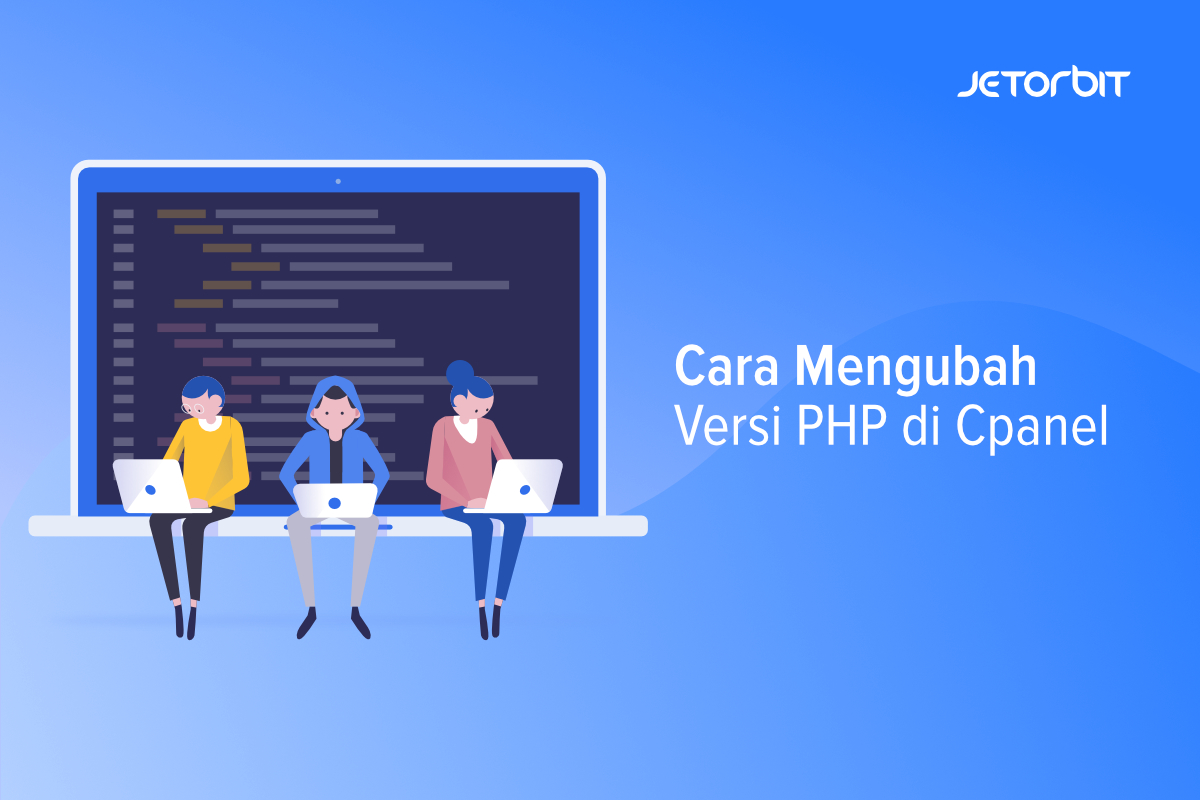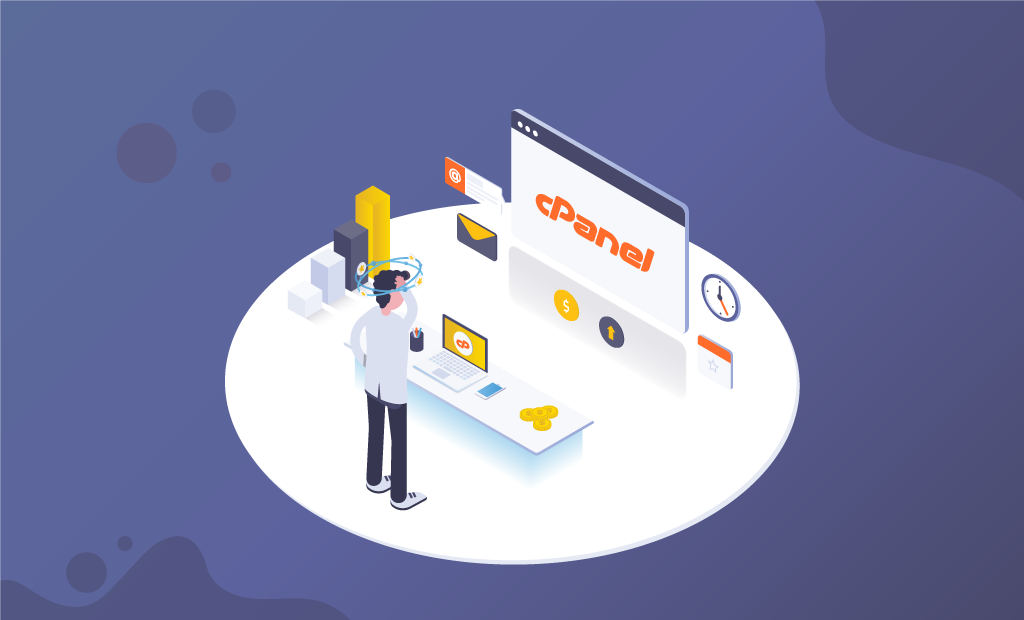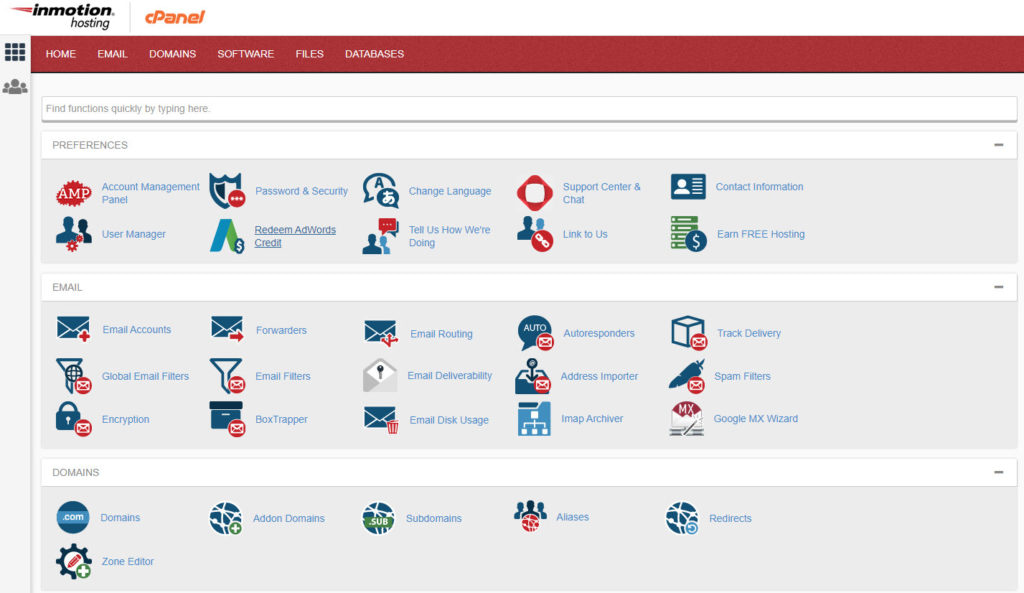

- Cpanel install#
- Cpanel software#
- Cpanel password#
- Cpanel professional#
The cPanel dashboard has features for viewing these files, backing them up, and changing them altogether. Your WordPress files are stored on the host’s server, so that’s really the main reason you need hosting in the first place. WordPress files include folders for themes, plugins, media, and much more. The Files section of cPanel involves all website files that make your website function. You can also adjust settings like your password, storage space, and folder creation. Select the Create button, then type a username for your email address. You already own the domain that’s connected to this cPanel, so click on the Email Accounts button to create emails for your business. This is where you add and manage your business email addresses. The most important area is the Email Accounts link.
Cpanel professional#
An example of this would be .īusiness emails provide a professional appearance, where you take your domain name and add that to your email address, with something like cPanel dashboard includes an Email section for adding and maintaining these email addresses.Īs you can see, quite a few options are shown in the version of the cPanel I have in the screenshot.
Subdomains – Make subsections of your site instead of buying and managing an entirely new domain.  Redirects – Take certain URLs and send them to other URLs. The extras serve as “aliases,” where the site is available on all of the domains you specify. Aliases – This is where you can link other domain names to your primary domain.
Redirects – Take certain URLs and send them to other URLs. The extras serve as “aliases,” where the site is available on all of the domains you specify. Aliases – This is where you can link other domain names to your primary domain.  Addon Domains – Create additional domains that you either park or incorporate into other sites. Domains – Add a new domain for a freshly installed WordPress site. The primary buttons to manage include the following: After that, you’ll be shown a URL for logging into your WordPress dashboard.ĬPanel also lets you manage all of the domains and subdomains associated with your hosting account.įind the Domains section in order to manage everything from addon domains to redirects.
Addon Domains – Create additional domains that you either park or incorporate into other sites. Domains – Add a new domain for a freshly installed WordPress site. The primary buttons to manage include the following: After that, you’ll be shown a URL for logging into your WordPress dashboard.ĬPanel also lets you manage all of the domains and subdomains associated with your hosting account.įind the Domains section in order to manage everything from addon domains to redirects. 
Walk through the steps on the screen by creating your WordPress login information.
Cpanel install#
You can usually find the WordPress install tool in a section called “Scripts” or “App Installers.”Įvery host is different, but the WordPress installation process is generally the same.
Cpanel software#
Most hosts give you a software installer tool in cPanel that makes it easy to install WordPress (or other open-source content management systems like Drupal or Joomla). However, the primary cPanel sections and features remain the same across all hosts using it. So, Bluehost customers will see different elements compared to those with InMotion Hosting. This is because of the host’s branding and the way in which that company decided to organize cPanel. The cPanel dashboard is going to look different depending on the host. What is cPanel? The key features and sections Most hosts send these credentials in a welcome email – you can reach out to your host’s support if you’re unable to find them.
Cpanel password#
Log in using the username and password provided by your host.
If your site begins with https, add :2083 like this. If your site begins with http, add :2082 to the end, like this. Go to your browser and put the cursor in the address bar. If you can’t find the link, here’s what to do: For example, here’s how it works at InMotion Hosting. If that’s the case, your host should give you a direct link that you can log into for complete access. You can only get cPanel if your host uses it. However, it’s one of the best solutions for managing your site files without having to hire a developer. It’s still somewhat intimidating for many people just getting started with hosting. Overall, cPanel bridges the gap between complexity and user-friendliness. However, managed WordPress hosts typically create their own online interfaces. The cPanel interface has been the go-to control center for most shared hosting services, along with some other managed options. Without the help of cPanel, only those with advanced technical knowledge could manage a server, or a website for that matter. Database search, backups, and management. Domain and subdomain creation and management. Software installation, like installing WordPress. Some of the areas you can manage on the cPanel include the following: In short, cPanel provides the navigation, buttons, links, and graphics needed to make hosting and file management more “human,” or understandable. It’s close to the standard you would find on all hosts, but some things will change depending on your host. For instance, Bluehost ( review), HostGator ( review), and GoDaddy all utilize the cPanel interface. You typically encounter cPanel as the primary control panel for shared hosting accounts. Similar to WordPress, cPanel is a user-interface that makes a complicated system more manageable for developers and average users.








 0 kommentar(er)
0 kommentar(er)
